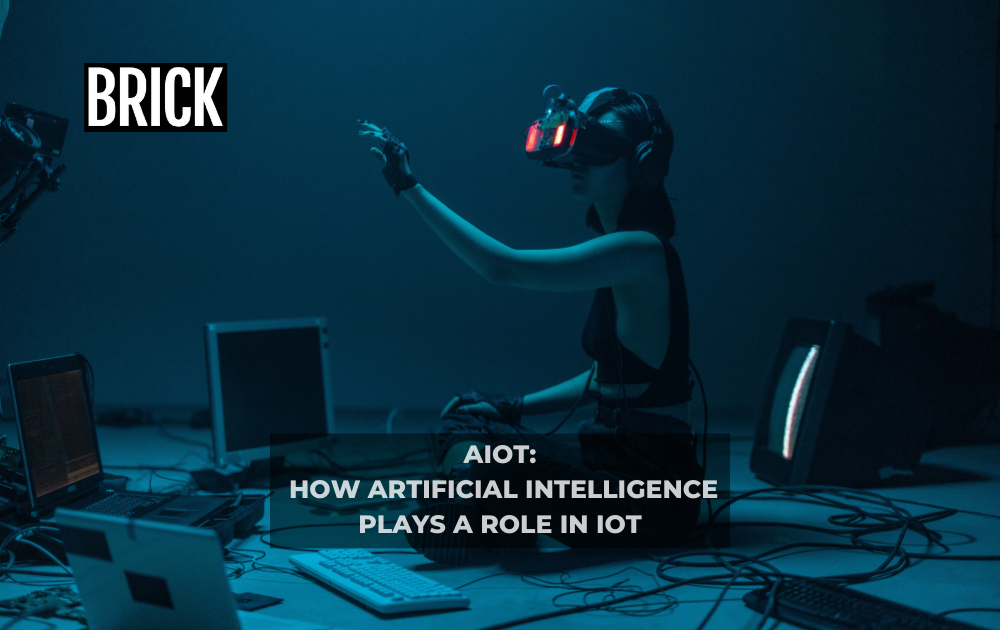The Power of Utilizing Artificial Intelligence and Big Data for Internet of Things-services
The integration of Artificial Intelligence (AI) and the Internet of Things (IoT) represents a significant development in technology, bringing new possibilities for innovation, efficiency, and enhancing services.
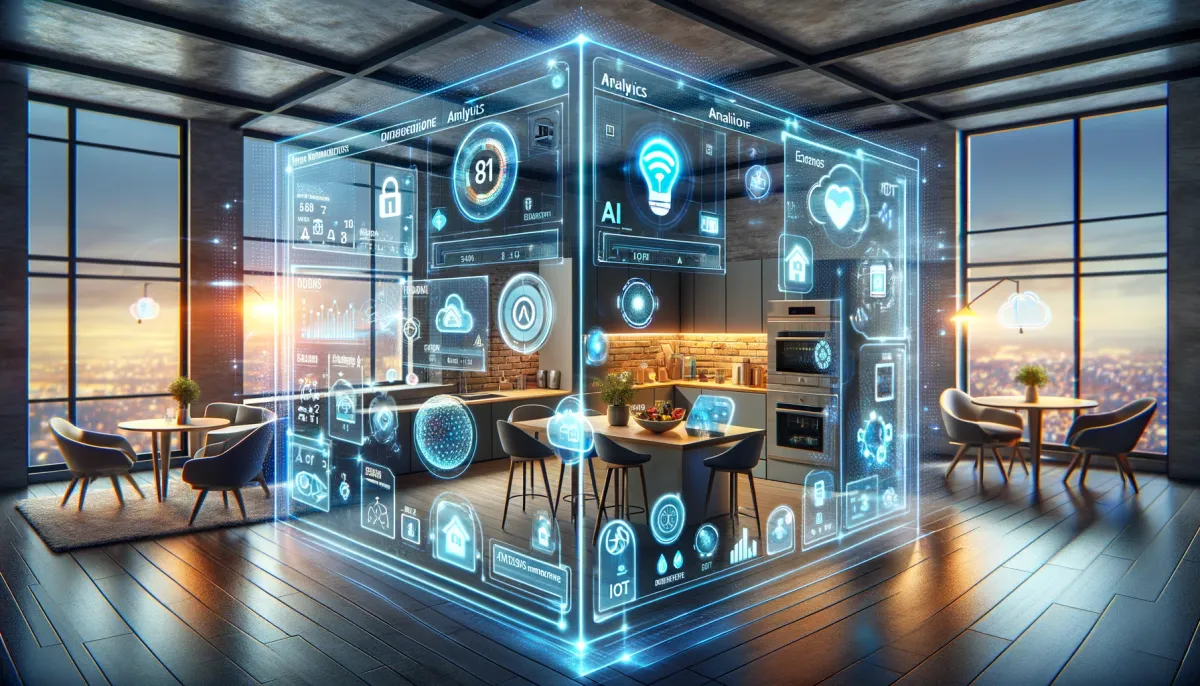
This article is an updated and rewritten version of our previous article series about IoT.
The integration of Artificial Intelligence (AI) and the Internet of Things (IoT) represents a significant development in technology, bringing new possibilities for innovation, efficiency, and enhancing services. Before we explore their application in rentable utilities like e-scooters or power bank rental services, let's take a moment to understand the basics of IoT and AI and consider why their combination is seen as promising.
Internet of Things (IoT): IoT refers to the network of physical objects — "things" — embedded with sensors, software, and other technologies to connect and exchange data with other devices and systems over the internet. These objects can range from ordinary household items to sophisticated industrial tools. For most people, IoT technology enables the scooters, speakers, and TV appliances that they use daily, to collect and transmit data on their location, condition, and usage in real-time.
Artificial Intelligence (AI): AI involves the simulation of human intelligence in machines that are programmed to think like humans and mimic their actions. The term can also apply to any machine that exhibits traits associated with a human mind, such as learning and problem-solving. In the realm of e-scooters, AI can process and analyze the vast amounts of data generated by the IoT components, leading to smarter decision-making and improved services.
AIoT, The Exciting Combination: The convergence of AI and IoT, often termed AIoT (Artificial Intelligence of Things), represents a powerful synergy. While IoT provides a vast data pipeline from connected devices, AI processes this data to extract insights, make predictions, and automate decisions without human intervention. This combination unlocks tremendous potential for enhancing operational efficiency, creating more personalized user experiences, and introducing innovative business models.
In rentable utilities like e-scooter services or powerbank rentals, the AIoT integration can lead to smarter, safer, and more user-friendly usage. It allows for the dynamic adjustment of services based on real-time data, enhances safety through predictive maintenance and real-time monitoring, and offers personalized user experiences. For example in terms of pricing and placements.
Now, let's explore how this exciting combination can be specifically applied to enhance rentable utilities like e-scooter companies such as Lime.
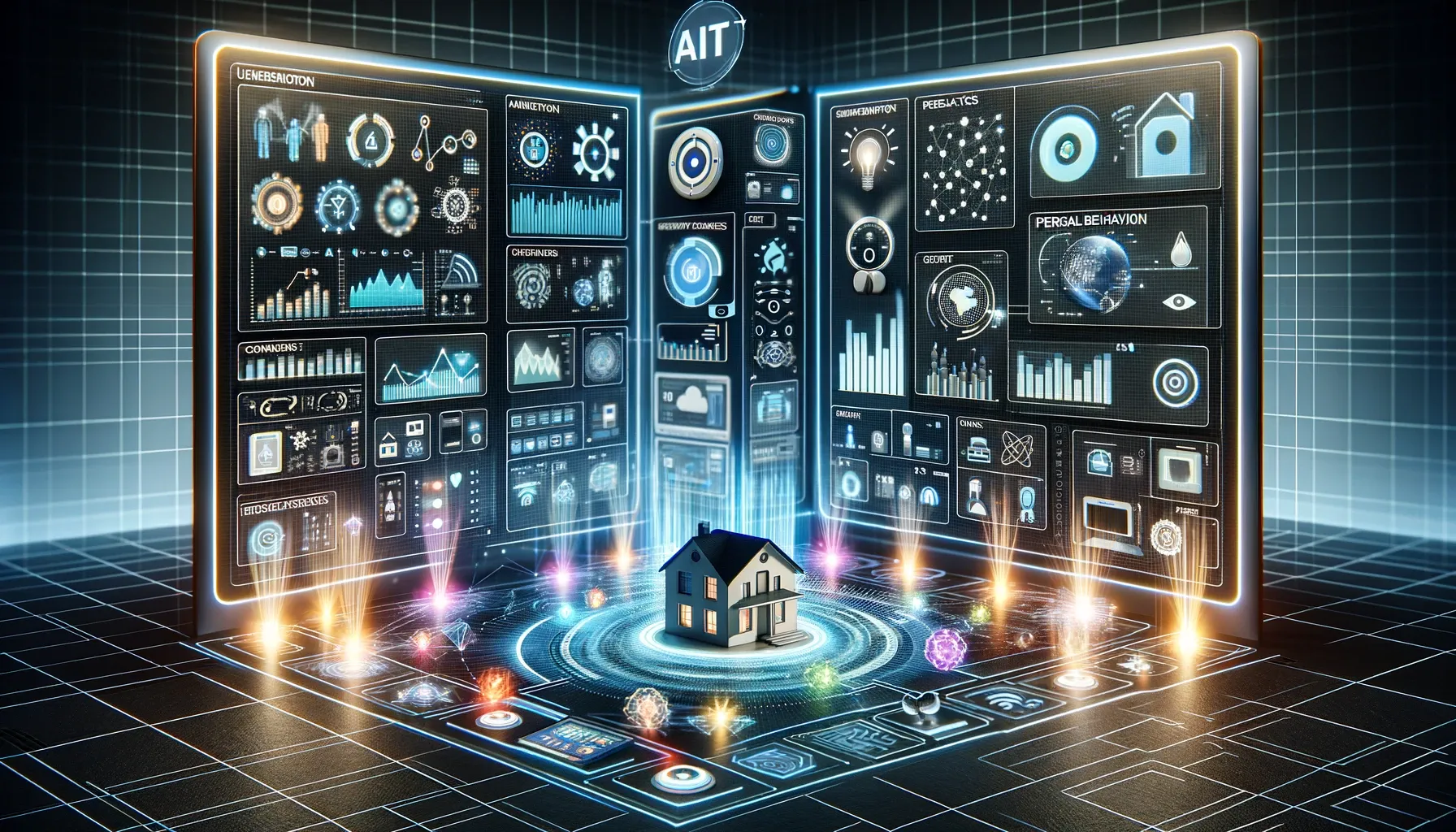
AI Supporting Predictive Maintenance on IoT Products
Bosch, a leading global supplier of technology and services, utilizes AI in its predictive maintenance solutions. They analyze vibration, sound, and temperature data to predict equipment failures.
Predictive maintenance powered by AI significantly enhances the value of IoT services like rentable powerbanks and scooters by:
- Reducing Downtime: Ensures higher availability of services by predicting and addressing issues before they lead to failures, thereby improving customer satisfaction.
- Cost Savings: Moves away from routine checks to maintenance only when needed, optimizing resource use and saving money.
- Enhanced Safety: Identifies potential safety hazards before they cause problems, protecting users and ensuring compliance with regulations.
- Data-Driven Insights: Offers valuable data for continuous improvement and informed decision-making, leading to better product quality and service.
- Competitive Advantage: Provides a seamless and reliable user experience, fostering brand loyalty and standing out in the market.
Brick utilizes data learnings to provide partners with station and pricing recommendations, for example when a station shows irregular patterns, the information will be forwarded to the relevant partners for their review.
Improved User Behavior Analysis and Personalization on IoT products through AI
Netflix uses AI to personalize recommendations for its users based on viewing history. Similarly, Within micromobility and power bank rentals, AI is used to suggest customized routes for riders or returns based on their past behavior, traffic conditions, and preferred destinations, enhancing the user experience and engagement.
AI can identify patterns and preferences by analyzing user data, allowing the system to offer personalized suggestions or services. For instance, for users who frequently rent power banks at specific locations or times, the system could notify them of available power banks in their vicinity or give recommendations regarding the best spot and time to return their power bank.
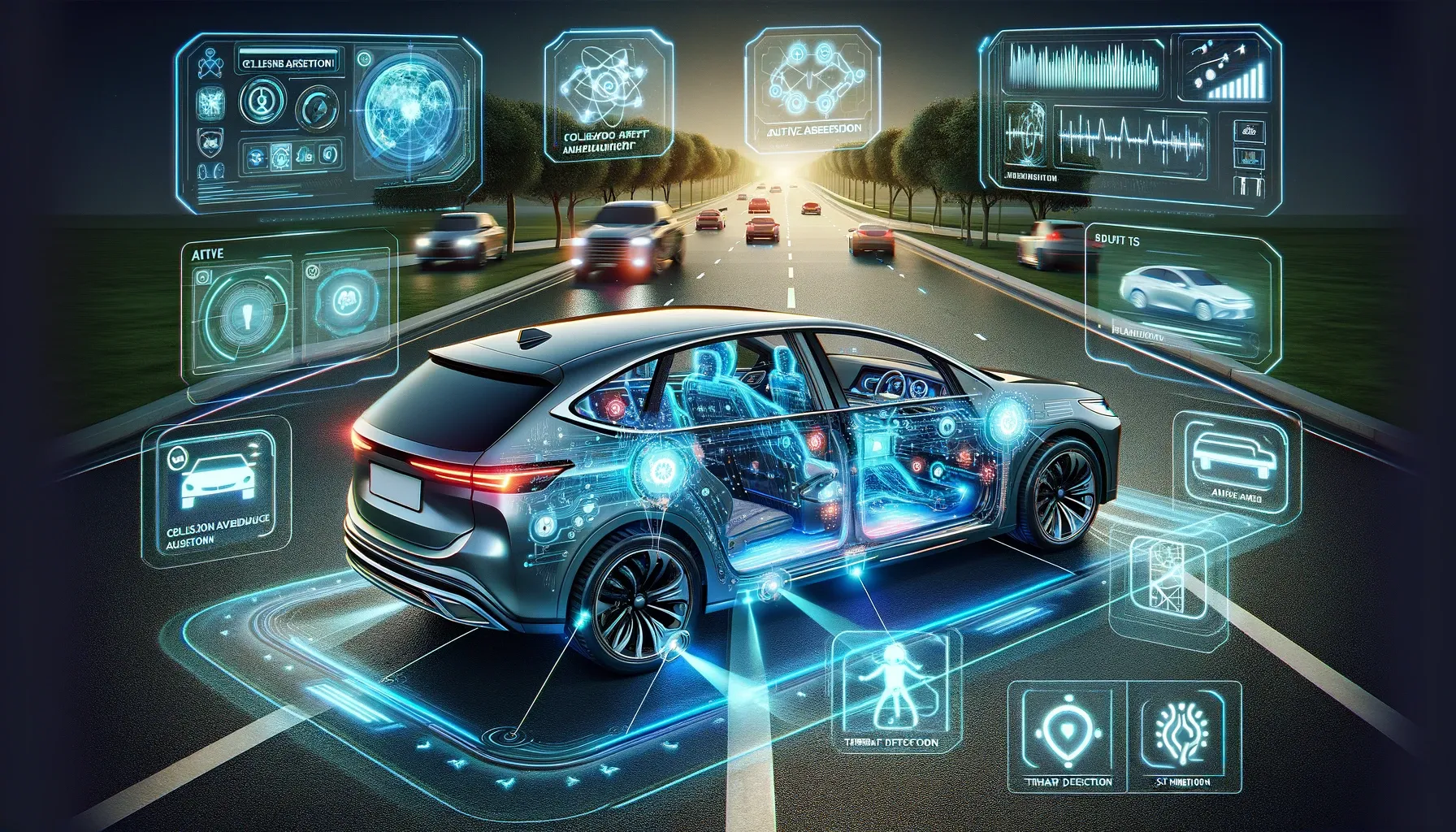
Improved Safety Features using AI
Volvo has integrated AI into its safety systems to predict and prevent accidents. Companies like Lime adopt a similar approach by using AI to analyze riding patterns, detect erratic behavior, and alert users of potential hazards in real-time, thereby preventing accidents and enhancing rider safety. Even cities are using big data to analyze movement patterns to better develop for the changing cities.
Station and Fleet Optimization and Management utilizing data
UPS employs its ORION (On-Road Integrated Optimization and Navigation) system to optimize delivery routes, saving millions of miles and reducing emissions. E-scooter companies can use AI to similarly manage their fleet, analyzing usage patterns to ensure scooters are available in high-demand areas and efficiently redistributing them to balance supply and demand.
At Brick, we use data to better understand what stations are performing or not, and replace or upgrade them accordingly.
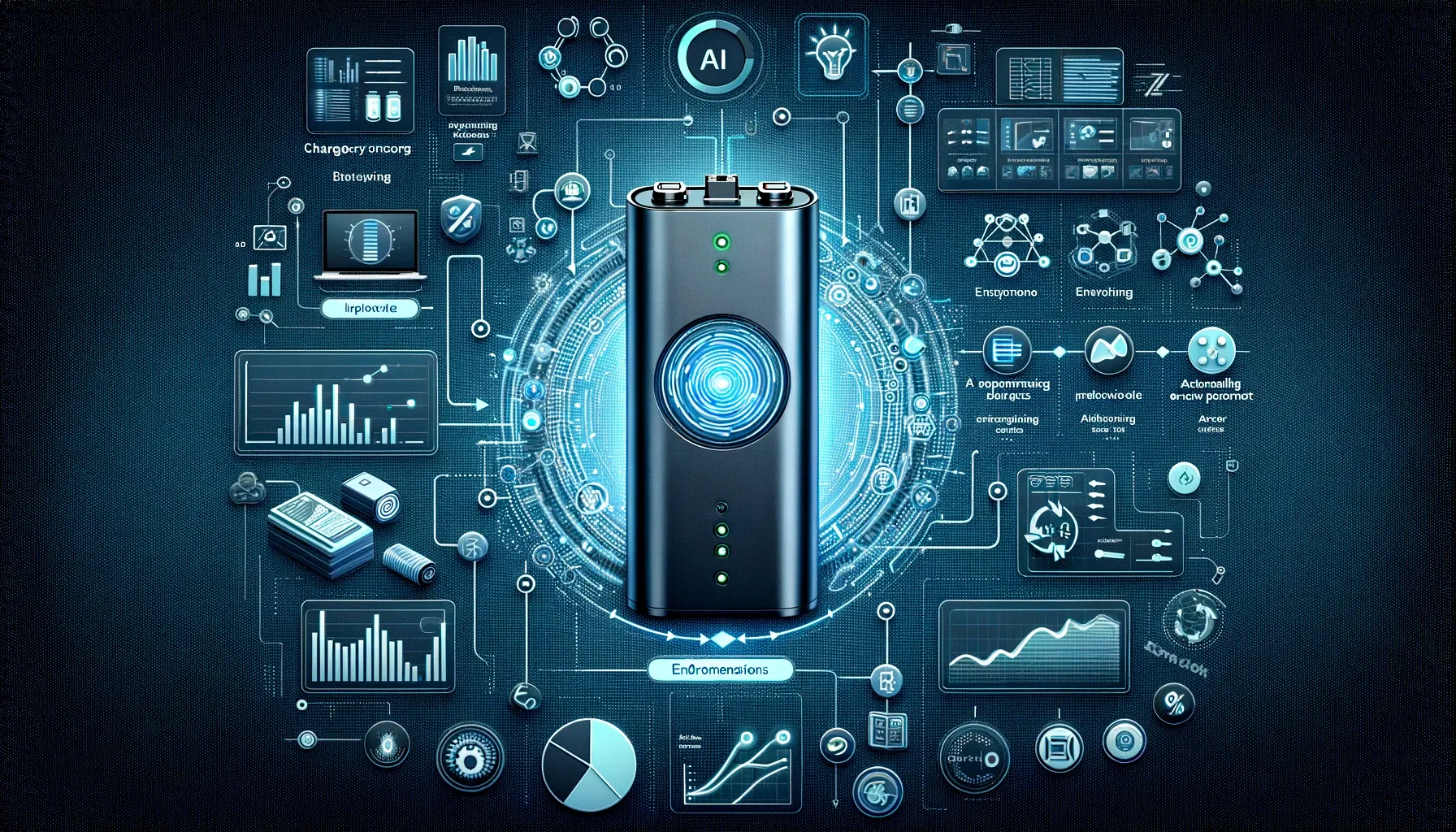
How AI and Big Data can Optimize Energy Management
The Role of AI in EV batteries cannot be understated. Tesla uses AI to optimize battery usage and range in its electric vehicles. AI can optimize the charging schedules of power banks, vehicles, or any gadgets based on predictive analytics, ensuring they are charged during off-peak hours to reduce electricity costs or when renewable energy sources are available. This can also extend the lifespan of technology by preventing overcharging and contributing to sustainability efforts, which can enhance brand image and user satisfaction.
At Brick, technologies are utilized to manage the charging schedules and battery health of the batteries, ensuring they are charged during off-peak energy periods and maintained at optimal performance levels.
AI for Customer Support
Domino’s Pizza uses an AI-powered chatbot, Dom, to handle orders and customer queries. While this is not connected to IoT in particular, all companies may gain significant cost reductions from utilizing AI for Customer support specifically.
At Brick, generative AI is used to help existing partners navigate the swathes of educational material that the company provides all new franchisees.
Setting up Dynamic Pricing with Datasets and AI
IoT products are connected, so in terms of rentals, that means that they can also update pricing terms in real-time. AI can help in implementing dynamic pricing models based on demand and supply, time of day, special events, or user loyalty. This can optimize revenue while also providing better deals to users, improving their experience, and encouraging continued use.
Regulatory Compliance and Security
AI can streamline a company's compliance efforts by automating monitoring and reporting, ensuring adherence to regulatory standards in real-time. It enhances security through advanced fraud detection, anomaly identification, and predictive analytics, reducing potential threats and vulnerabilities. Additionally, AI supports data protection and privacy by automatically classifying sensitive information and detecting unauthorized access, thereby safeguarding against data breaches.
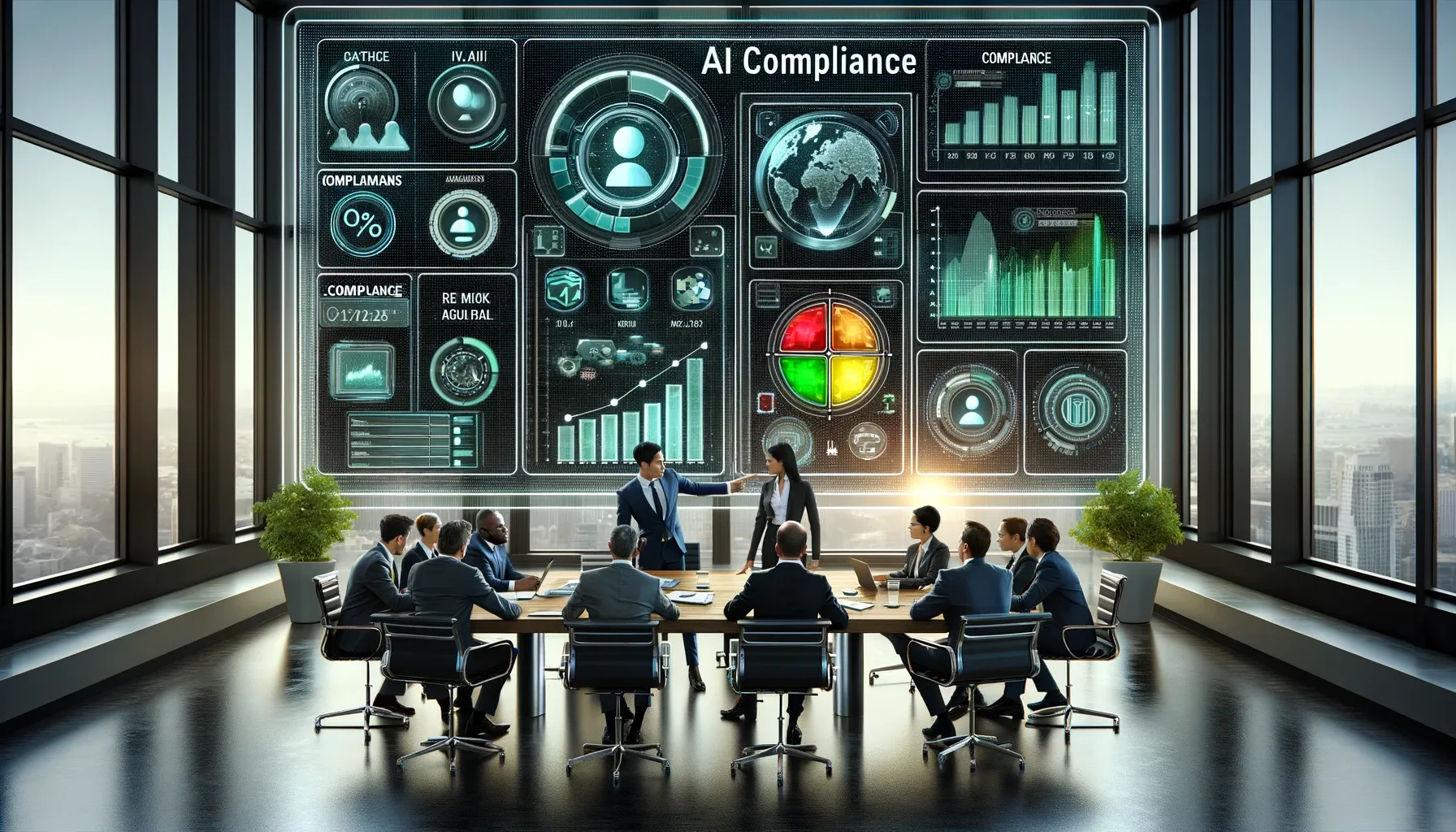
IBM Watson uses AI to help businesses stay compliant with evolving regulations by monitoring changes and advising on necessary actions. Lime can utilize AI-driven systems to ensure compliance with local laws and regulations regarding safety standards, data protection, and operational boundaries, much like how financial institutions use AI to navigate complex regulatory landscapes.
By incorporating AI into their operations, rentable utilities like Brick is not only improving efficiency and customer satisfaction but also pioneering innovative solutions that set new industry standards for safety, sustainability, and service quality.



